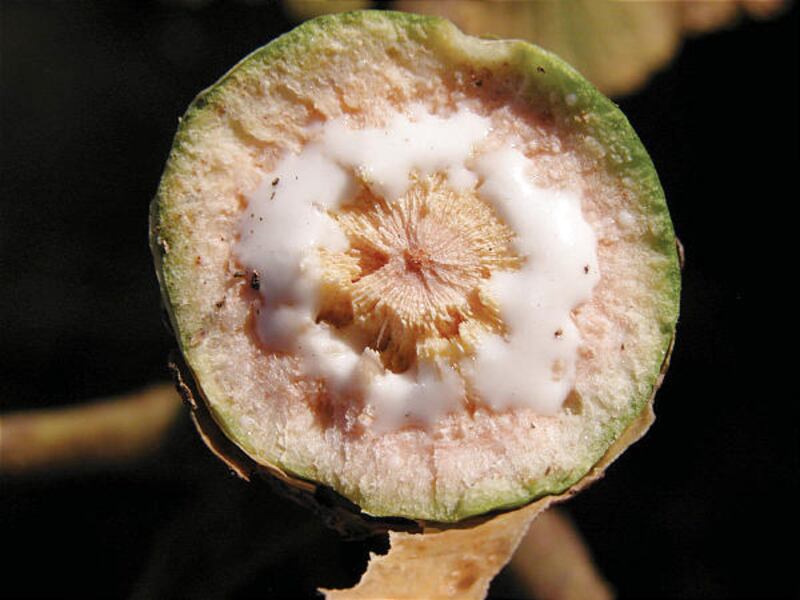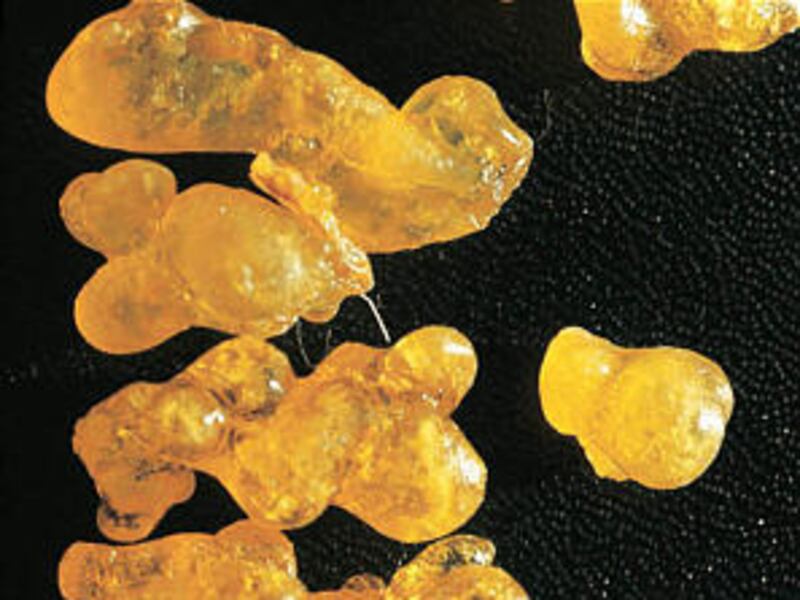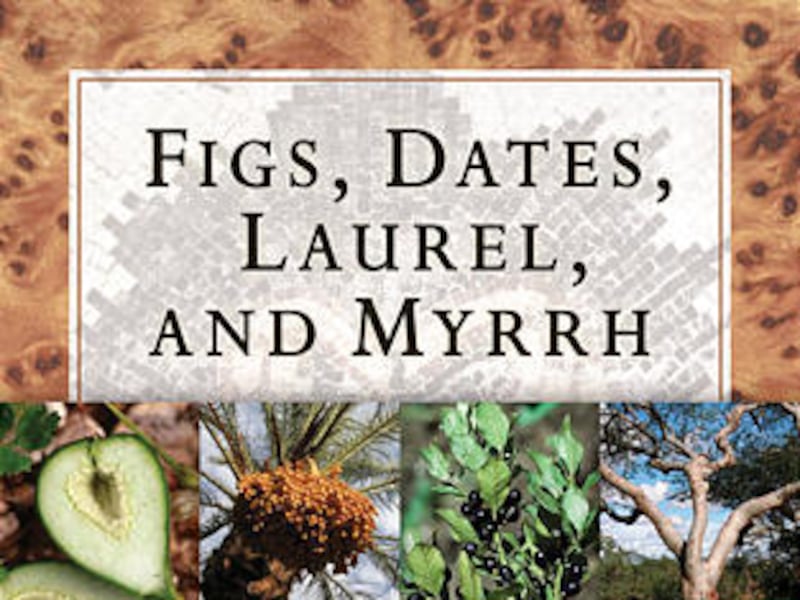Each year as I read the Christmas story, I'm always drawn to the passage where the wise men came from the east bearing gifts.
Even after learning how to pronounce the names of the wise men's gifts, I knew little about the plants. So, I was delighted to receive a copy of a book, "Figs, Dates, Laurel and Myrrh: Plants of the Bible and the Quran," by Lytton Musselman and Garrison Keillor (Timber Press, $24.95).
Musselman said he became interested in this subject as child. "I was brought up in a home where the Bible and natural resources were both highly regarded," he said. "Plants and passages were a natural molding of the natural world around us and the scriptures."
Musselman's Wisconsin hometown of Deloit might seem far removed from these plants, but his Plymouth Brethren upbringing made him familiar with the scriptures. As he would annually read the Bible, he would mark each passage that talked about plants or plant products.
He melded that interest with his work as a botany professor at Old Dominion University in Norfolk, Va. Much of his information came from living and working with the people in Jordan, Sudan, Lebanon, the West Bank and other Middle Eastern areas.
His book is an encyclopedic reference to some 80 plants with references in the Bible and the Quran. His unique qualification as both a biblical and a botanical scholar gives him the insight to talk about these plants and their sacred and secular uses.
Because the two specific plants we relate to this season are frankincense and myrrh, I asked for some special insight into these. Unlike what most of us think, they are not extremely valuable plants; the dried resin might sell for $1.60 to $3.50 per pound in a native market.
"Frankincense and myrrh have a limited monetary value, but the symbolism is so great," Musselman said. He writes: "Frankincense is prepared from the gum of several species of trees and shrubs native to the Arabian Peninsula and northern Africa. Incense is obtained from the gummy resin that can exude naturally from the plant, but usually cuts are made to stimulate oozing."
The word "frankincense" is derived from two words meaning "high-quality incense." It was an essential ingredient for worship in Old Testament times. (Incense is mentioned some 140 times in the Bible.)
In modern times, frankincense is used for incense and in candles, but it is also a flavoring in baked goods. It is still highly valued in Middle Eastern markets, and all harvests come from native plantings. Unfortunately, overharvesting is reducing the plant population.
Myrrh is mentioned several times in the Bible, including the story of the Magi. Musselman writes: "Myrrh is the dried resin of several species of 'Commiphora.' These are shrubs or small trees of the arid and semiarid regions of East Africa, Arabia and the Indian subcontinent.
"Incisions in the bark allow the resin to exude. When the resin is dry, it is collected and sold. All species are not used for the same purpose: some are used medicinally and others are valued for their fragrance."
Because they are adapted to the Mediterranean climate, many plants mentioned in these works do not grow well here. Some are marginal in Utah gardens while others thrive. Almonds grow here but not commercially. The biblical grains of barley and wheat, as well as beans, leeks, onions, garlic and watermelon thrive here.
Many biblical trees grow here, too. There is an excellent Cedar of Lebanon specimen that is more than 50 years old growing on the east side of Temple Square. Mulberry, oak, poplar and willows mentioned in the Bible are probably similar to our present-day trees, all of which grow well here.
Some of the familiar names mentioned in the biblical texts are likely not what we have here. Pines and oaks might not refer to the specific trees we think of, but they might refer to general groups of plants. The sycamore of the Bible is not the common tree — it is actually a type of fig.
Musselman summarizes his feelings for the plants he has studied as a part of his life's work. "I love them. I am impressed with the beauty of the vernal fields, but I am also concerned at the damage from the overgrazing, abuse and erosion of these areas."
Larry A. Sagers is the horticulture specialist, Utah State University Extension at Thanksgiving Point.





